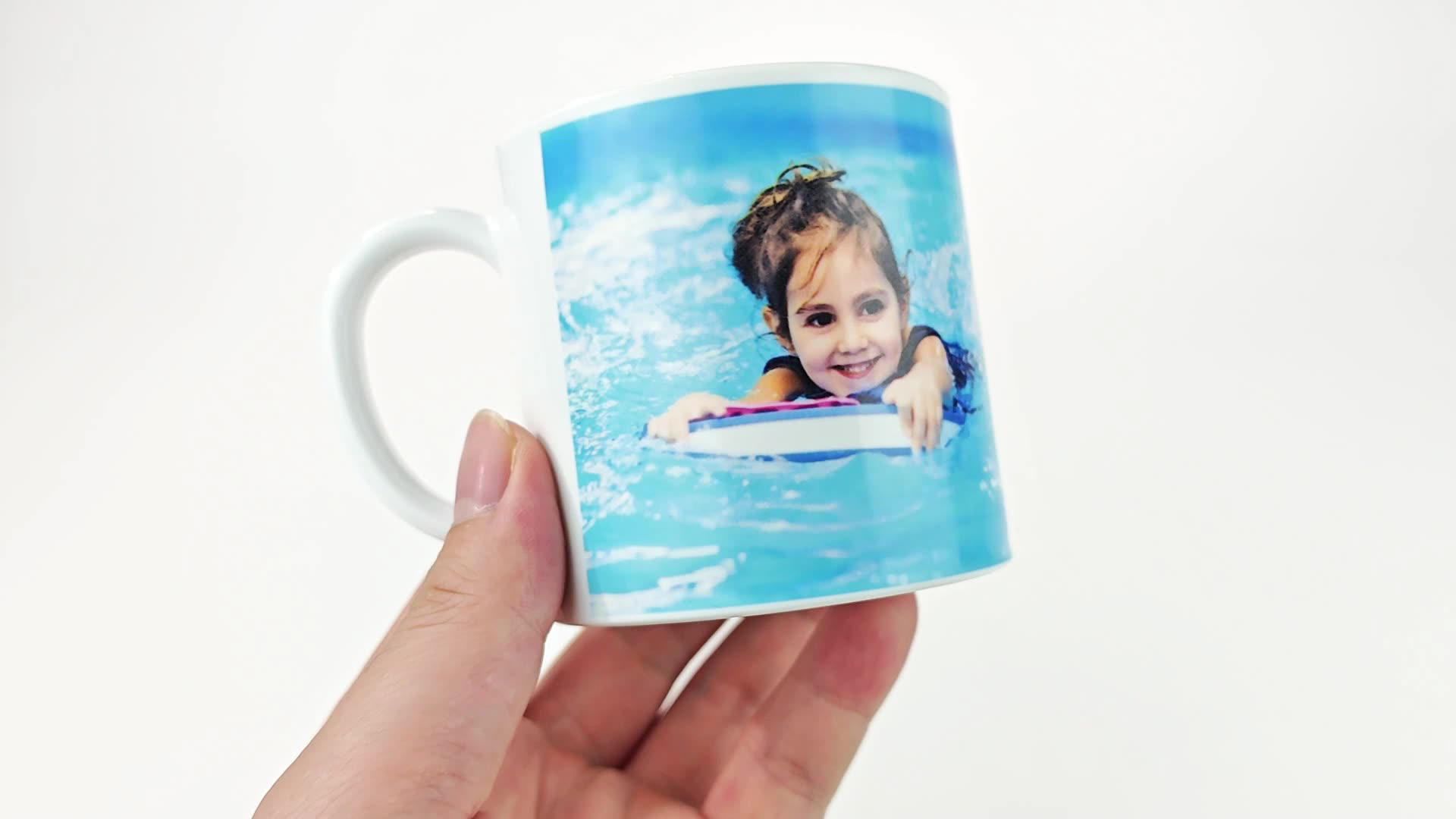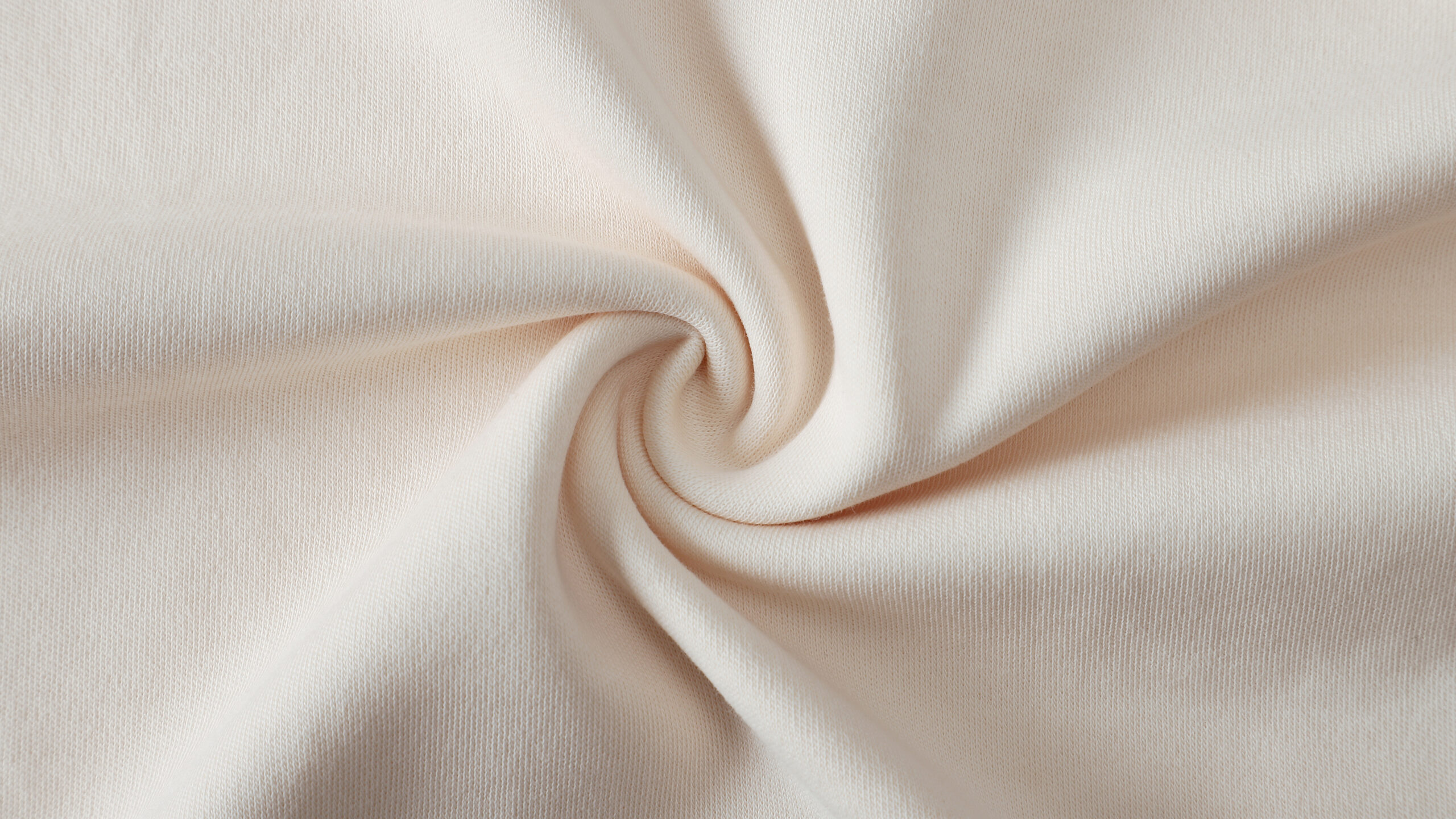
Sublimation blanks are special things like mugs, shirts, and tumblers. These items are made to take sublimation ink. You need a polyester coating on the blanks. This helps the ink stick well and makes bright designs. The designs will last a long time. Most people pick 100% polyester t-shirts, sport jerseys, or coated mugs. These give the best results. Light colors are best for bright prints. This guide and the Frequently Asked Questions will help you choose blanks. If you want images to last, pick blanks with a good coating. They should also handle heat well. If you are new, this guide gives you clear answers.
Key Takeaways
Choose blanks made of 100% polyester or with a strong polymer coating for bright, lasting prints.
Use light-colored and smooth-surfaced blanks to get the best print quality and vibrant colors.
Always test your heat press settings and blanks with small samples before starting big projects.
Avoid uncoated, dark-colored, or natural fabrics like cotton, as they do not hold sublimation ink well.
Keep blanks clean and store them properly to protect the coating and ensure great print results.
Sublimation Blanks: What Works Best

Material and Coating
Check the material before picking sublimation blanks. Polyester works best for sublimation ink. The ink only sticks to polyester or polymer-coated things. Cotton or low-polyester fabric makes designs look faded. For t-shirts, use 100% polyester for bright, strong prints. Less polyester means colors look dull. Polyester t-shirts keep prints sharp after many washes.
Mugs, tumblers, and other hard items need a polymer coating. This coating helps the ink stick for good. Your prints will stay bright and not peel off. The best hard blanks, like ceramic mugs or aluminum panels, have smooth coatings. These coatings use things like epoxy resin or polyglass. They help the ink stay longer. Always clean blanks before printing. This removes dust and oil. Cleaning helps the coating work better.
Tip: Store-bought coated blanks work better than homemade ones. Pick blanks with smooth, even surfaces for the best results.
Here are some common sublimation blanks and why they work well:
T-shirts and clothes: 100% polyester soaks up ink and keeps colors bright.
Mugs and drinkware: Ceramic, metal, or glass mugs with polymer coatings give sharp, strong prints.
Photo panels and tiles: Coated aluminum or ceramic makes images stand out.
Phone cases, mousepads, and keychains: Polymer coatings keep designs clear and lasting.
Color and Surface
The color and finish of blanks change how prints look. Sublimation ink is see-through. It works best on light or white blanks. Dark blanks can change your design and make it less bright. For the brightest prints, use light-colored shirts or mugs.
Surface texture matters too. Glossy finishes make prints shiny and bright. Matte finishes look softer and more natural. For sharp details, pick smooth blanks. Textured blanks can look cool but may blur the image.
Note: Be careful with blanks so you do not scratch or mark the coating before printing.
Finish Type | Visual Effect | Best Use Cases |
|---|---|---|
Glossy | Shiny, bright, and bold | Photo panels, mugs, ornaments |
Matte | Soft, not shiny, gentle | Clothes, home décor |
Satin | Not too shiny, balanced | Gifts, signs |
Heat Resistance
Sublimation printing uses high heat to move your design. Blanks must handle this heat without bending or losing their coating. Most blanks need to take 350°F to 420°F. Aluminum blanks work at 380°F to 400°F. Stainless steel needs a bit more heat. Using the wrong heat can ruin your print or coating.
Material Type | Recommended Temp (°F) | Notes |
|---|---|---|
Aluminum Blanks | Easy to use, very common | |
Stainless Steel | 390–400 | Needs more heat, takes longer |
Coated Steel | 375–385 | Lower heat protects the coating |
Good blanks soak up ink and do not fade or crack. The ink bonds with the polyester or polymer coating. This makes prints last a long time. If blanks cannot take the heat, prints may fade or peel after washing.
Always test one blank before a big project. This helps you find the best settings and keeps your prints bright and strong.
What to Avoid in Sublimation Printing

Unsuitable Materials
You need to pick the right materials for sublimation printing. Not every fabric or item will work. Sublimation ink bonds best with polyester or polymer-coated surfaces. If you use 100% cotton, linen, or silk, the ink will not stick well. Designs on these natural fabrics fade, peel, or crack quickly. Uncoated plastics and ceramics also do not work because they lack the special coating needed for the ink to bond.
Natural fabrics like cotton and silk absorb dye poorly. Your prints will look faded and may wash out.
Uncoated items, such as plain mugs or tiles, cannot hold the ink. The design will not last.
Dark-colored items are not good for sublimation. The ink is transparent, so your design will not show up well.
Polyester blends with less than 65% polyester do not give bright results.
For the best results, always use polyester or polymer-coated blanks. Choose light or white-colored blanks for the brightest and most vibrant prints.
Common Mistakes
Many people make mistakes during sublimation printing that affect the final product. You can avoid these problems by learning what to watch out for.
Using the wrong type or color of blank leads to dull or invisible prints.
Forgetting to mirror your design causes backwards images.
Not using enough heat or pressure results in faded or uneven prints.
Placing your design on the wrong side of the sublimation paper gives patchy results.
Not securing the transfer paper can cause ghosting or blurry images.
Skipping lint rolling or pre-pressing can leave blue dots or blurry spots.
Using poor-quality coatings leads to uneven ink absorption and less vibrant colors.
Pressing without parchment paper risks ink bleed and ghost images on other items.
Coating quality matters a lot. If the coating is uneven, your print will not look sharp. Poor coatings can cause ink to bleed, smudge, or dry slowly. This means you may waste more ink and need to reprint your design. Always check that your blanks have a smooth, even coating before you start.
Tip: Test one blank before printing a large batch. This helps you spot problems early and save time.
Frequently Asked Questions About Sublimation
Can I Use Cotton?
Many people ask if you can use cotton for sublimation. The answer is no. Cotton does not work well with this process. Sublimation printing needs a chemical bond between the ink and the material. Polyester or polymer-coated surfaces allow this bond. Cotton is a natural fiber and does not have the polymer coating needed. The ink cannot bond with cotton, so your prints will look faded and will wash out quickly. Cotton’s absorbency also makes colors less vibrant. If you want long-lasting and bright results, always use polyester or polymer-coated blanks.
Equipment Needed
You need the right equipment for successful sublimation. Here is a list of what you need:
Sublimation printer for your designs.
Computer and design software to create and send images.
Sublimation ink and transfer paper for the process.
Heat press to transfer the design onto your blank.
Sublimation blanks, such as mugs, shirts, or tumblers.
Optional tools include heat-resistant tape, gloves, and silicone sheets. The heat press is very important. It uses high heat and pressure to turn the ink into gas and transfer it onto your blank. You can choose from different types of heat presses, like clamshell or swing-away. Each type has its own pros and cons.
Key Features | |
|---|---|
Sublimation Printer | High resolution, uses special sublimation ink |
Heat Press | Digital controls, even heat, adjustable pressure |
Transfer Paper | Quick-dry, high ink release |
Blanks | Polyester or polymer-coated, heat resistant |
Getting Vibrant Results
You want your prints to look bright and last a long time. To do this, use high-quality polyester fabrics or polymer-coated blanks. Special sublimation inks and transfer paper help the process work best. Always set your heat press to the right temperature and time. Pre-press your fabric to remove moisture. This helps the ink transfer better. Use ICC color profiles for your printer to get accurate colors. Clean your printer often to avoid dull prints. Test your settings before making many items.
Tip: Secure your transfer paper with heat tape to prevent ghosting or blurry images. Remove the paper right after pressing for the best results.
If your prints look faded, check your heat press settings and make sure you use the right blanks. Always follow the process steps for how sublimation works. This will help you answer the question, “what can I actually print on?” The process works best on light-colored, polyester-rich items.
Tips for Best Sublimation Blanks
Quality and Durability
You want your custom items to last and look nice. Always check blank quality before buying a lot. Pick blanks with lots of polyester or a strong polymer coating. These help the ink stick well and keep prints bright for a long time. Use this table to compare what matters most:
Criteria | Details & Examples |
|---|---|
Fabric Composition | High polyester helps ink soak in and last longer. |
Durability | Thick shirts and coated mugs do not fade or shrink fast. |
Print Compatibility | Blanks made for sublimation give the best results. |
Cost-Effectiveness | Find a good balance between price and quality. Try both cheap and fancy blanks. |
Distributor Flexibility | Choose sellers who give samples and discounts for big orders. |
Sublimation makes a strong bond with the blank. Prints on polyester or coated items do not crack or peel. Your designs stay bright even after many washes.
Sourcing and Samples
When shopping for blanks, always ask for samples first. This lets you check the coating, size, and print space. Pick blanks with smooth, shiny surfaces for the best look. Make sure blanks can take high heat without bending. Ask if mugs and tumblers are safe in the dishwasher. Try different shapes and styles to fit your customers. Good sellers give help and lower prices for big orders. Testing samples shows how your designs will look and feel before you buy more.
Tip: Watch for new trends in custom items. Pick blanks that match what your customers want.
Testing and Troubleshooting
Test blanks before you buy a lot. Start with small projects or test strips to find the best heat and pressure. Write down what works for each blank. Press fabric first to get rid of water and stop blurry prints. Tape down your transfer paper to stop ghosting. Use color charts to see how your designs look on each blank. If prints look faded or uneven, change your heat press settings. Clean your tools often for the best prints. Always keep extra blanks for practice and testing.
Note: Careful testing helps you make prints that last on all your custom items.
Choosing the right blanks helps you get bright, lasting prints. Always look for smooth coatings, high polyester content, and heat resistance. Test samples before large orders to avoid surprises.
Quick Do’s and Don’ts:
✅ Use blanks with special coatings and at least 65% polyester.
✅ Pre-press and clean items before printing.
✅ Test settings with small samples.
❌ Don’t use uncoated or dark-colored items.
❌ Don’t skip checking supplier quality or reviews.
Remember: Careful testing and preparation lead to the best results every time.
FAQ
What is the best way to store sublimation blanks?
Keep your blanks in a cool, dry place. Avoid direct sunlight. Store them in their original packaging or wrap them to prevent dust and scratches. This helps keep the coating smooth and ready for printing.
Can I reuse a sublimation blank if I make a mistake?
You cannot reuse most blanks. The ink bonds with the coating during the first press. If you make a mistake, the design will not come off. Always test your settings before printing on your final blank.
Why do my prints look faded after washing?
Faded prints often mean you used the wrong material or settings. Use 100% polyester or coated blanks. Check your heat press temperature and time. Pre-press your fabric to remove moisture. This helps the ink bond better.
Do I need special ink for sublimation?
Yes, you need sublimation ink. Regular ink does not turn into gas under heat. Sublimation ink bonds with the coating and gives bright, lasting prints. Always use ink made for your printer model.
How do I avoid ghosting or blurry images?
Secure your transfer paper with heat tape. Make sure your heat press gives even pressure. Remove the paper right after pressing. Test your process with a sample blank. This helps you get sharp, clear designs every time.

